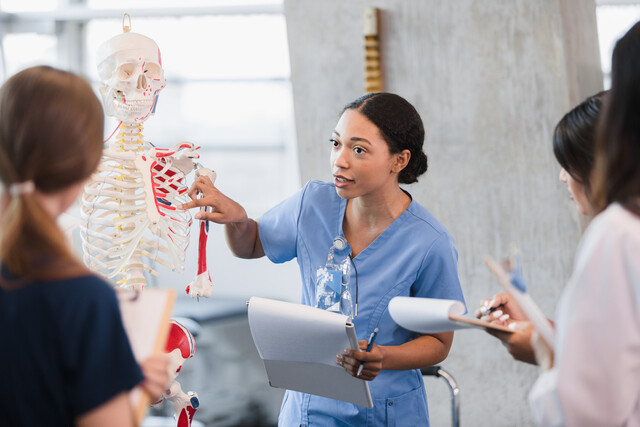Anatomy and Physiology 101
A Study of the Human Anatomy
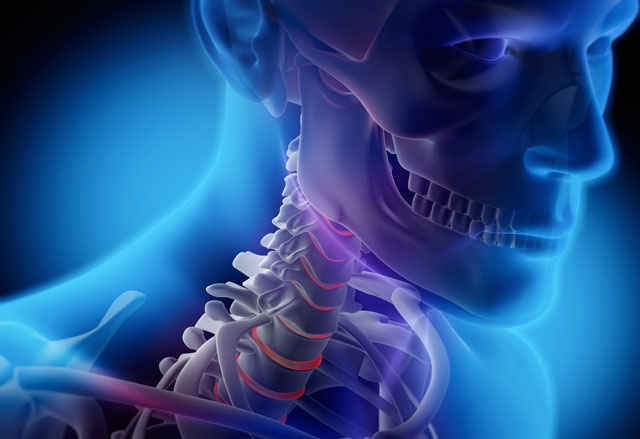
22 Hours average completion time
2.2 CEUs
17 Lessons
29 Exams & Assignments
408 Discussions
16 Videos
17 Reference Files
245 Articles
Mobile Friendly
Last Updated December 2025
Are you ready to embark on a journey through the incredible complexities of the human body? With Anatomy and Physiology 101, you're not just signing up for an online course-you're stepping into an adventure that will unravel the wonders of how our bodies are built and how they work to keep us alive and thriving. Whether you are an aspiring healthcare professional, a curious learner, or someone seeking to make a career shift into the medical field, this course is crafted to provide you with a comprehensive, engaging, and profound understanding of the human organism.
Why Should You Take This Course?
The human body is an extraordinary machine, a marvel of nature that has fascinated scientists, doctors, and thinkers for centuries. From the intricacies of cellular functions to the synergy of entire organ systems, every aspect of our biology works in harmony to sustain life. In a world where medical and biological sciences are advancing faster than ever before, a fundamental knowledge of anatomy and physiology isn't just important-it's empowering.
This course is designed to make that empowerment accessible to everyone. Whether you're a high school student preparing for future studies, a college student looking to deepen your knowledge, or an adult eager to revisit or expand your understanding, Anatomy and Physiology 101 is tailored to meet your needs. It's self-paced, interactive, and packed with insights that will stay with you long after the course is completed.
Imagine understanding how your heart keeps you going, how your lungs oxygenate your blood, or how your brain interprets every sight, sound, and sensation. This course provides you with that insight, breaking down complex concepts into clear, engaging lessons that are designed to inspire curiosity and boost your knowledge.
What Can You Expect?
Our course goes beyond the surface to offer a deep dive into the systems that make up the human body. You'll begin with the basic principles of anatomy and physiology, laying the foundation for the more intricate systems to come. From learning about the building blocks of life-the cells-to understanding how tissues, organs, and entire systems function, you'll explore the marvels of the human body at every level.
But here's where it gets truly exciting. Unlike traditional textbooks or dry academic lectures, Anatomy and Physiology 101 is dynamic and interactive. Each lesson is designed to stimulate your curiosity and keep you engaged. You'll have access to a blend of videos, diagrams, and real-world examples that bring the subject matter to life. The course structure allows you to explore at your own pace, so whether you prefer to take your time or race ahead, the learning experience is yours to shape.
With 16 comprehensive lessons, the course covers everything from the protective functions of the integumentary system (your skin!) to the finely tuned operations of the nervous, cardiovascular, and respiratory systems. You'll not only learn about each system in isolation but also how they work together in perfect synchronization, maintaining the delicate balance that keeps us functioning.
You'll discover how muscles contract to move our bones, how sensory systems allow us to perceive the world around us, and even the intricacies of the reproductive system, which makes the continuation of life possible. Every part of the human body plays a critical role, and this course will leave you in awe of the magnificent biological symphony that is constantly at work within you.
Who is This Course For?
The beauty of Anatomy and Physiology 101 lies in its universal appeal. Whether you're a high school or college student aiming to improve your academic performance or an adult considering a transition into a healthcare-related career, this course is for you. It's also perfect for anyone who simply wants to gain a better understanding of how their body works-because the more we understand our bodies, the better we can care for them.
Perhaps you're an aspiring nurse, paramedic, or physician assistant, needing a foundational knowledge of human biology to excel in your career. Or maybe you're a seasoned professional looking for a refresher on the body's major systems. Whatever your motivation, this course provides a rich educational experience tailored to support your goals.
You don't need a background in science to succeed here. Our instructor has expertly designed the course to be clear, concise, and understandable, making complex biological processes accessible to learners of all levels. Plus, you'll have access to online support whenever you need help, so you're never alone in your journey.
What Makes This Course Unique?
One of the standout features of this course is its flexibility. You can enroll at any time and move through the material at your own pace. With 24/7 availability, you can study wherever and whenever it's convenient for you-whether that's on your laptop at home, your tablet at the coffee shop, or even your smartphone on your commute. The course is designed to be compatible with all modern devices, ensuring you have seamless access to your learning materials whenever inspiration strikes.
In addition, everything you need to succeed is provided upfront. You'll have instant access to printable lessons, videos, activities, and web links that deepen your understanding of key concepts. From multiple-choice quizzes to interactive essays, each assignment is crafted to reinforce what you've learned, ensuring you retain the knowledge long after the course is complete.
This course also offers a Certificate of Completion for those seeking to document their learning, whether for professional development or personal achievement. If you're aiming to work in a field where anatomy and physiology knowledge is critical, such as medical billing and coding, this certificate could be an essential addition to your resume.
Get Started Today-Your Future in Anatomy Awaits
Whether you're looking to dive deep into the workings of the human body, prepare for an academic challenge, or open the door to new career opportunities, Anatomy and Physiology 101 is your first step. Imagine the possibilities that come with a strong foundation in anatomy and physiology-whether that's excelling in medical school, improving patient care, or simply understanding how your own body functions on a deeper level.
With unlimited enrollment options and a supportive instructor, there's no reason to wait. The knowledge you gain here could not only change how you see yourself but could also be the stepping stone to an exciting future in the medical and biological sciences.
So why wait? Enroll today and unlock the secrets of the human body-one lesson at a time. The future of your learning starts now!
- Understanding complex biological systems
- Describing cellular functions
- Analyzing human body functions
- Interpreting anatomical structures
- Understanding sensory mechanisms
- Applying biological concepts comprehensively
- Identifying organ systems interactions
- Evaluating bodily homeostasis
- Explaining physiological processes
-

Cryptozoology 101
-

Energy Healing
-

Elemental Magick: Harnessing Nature's Forces
-

End of Life Care
-

Disaster Risk Reduction: Preparing for Emergencies
-

Careers in Healthcare
-

Delegation Skills
-

Building Self-Esteem in Children
-
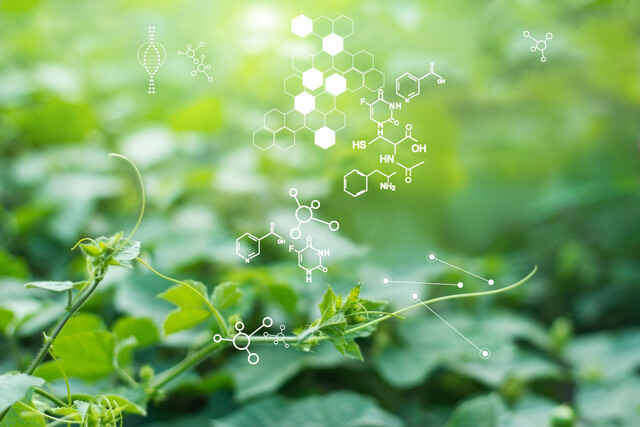
Biology 360: From Molecules to Ecosystems
-

Google Analytics 101
-

Child Safety for Teachers
-

Cooking and Baking 101
-

Google Slides
-

Business Analysis
-

Creative Writing for Beginners
-
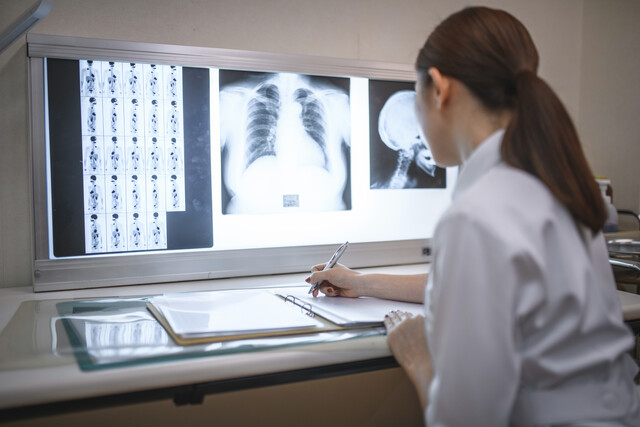
Comprehensive Medical Terminology 1 & 2
-

Bird Watching: Food, Feeders and Behavior
-
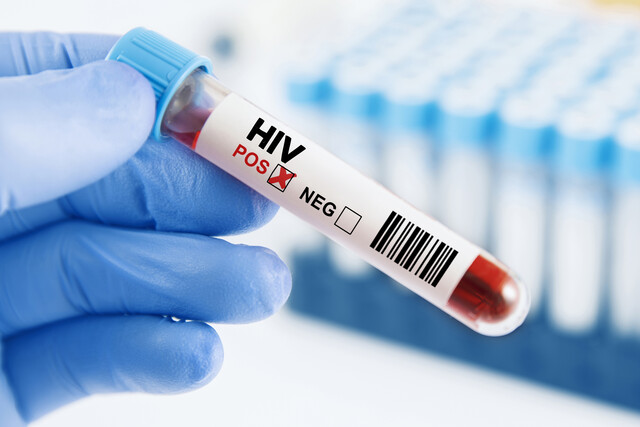
Caring for Patients with HIV/AIDS
-

Data Analysis for Business
-

How to Live with a Teenager
-
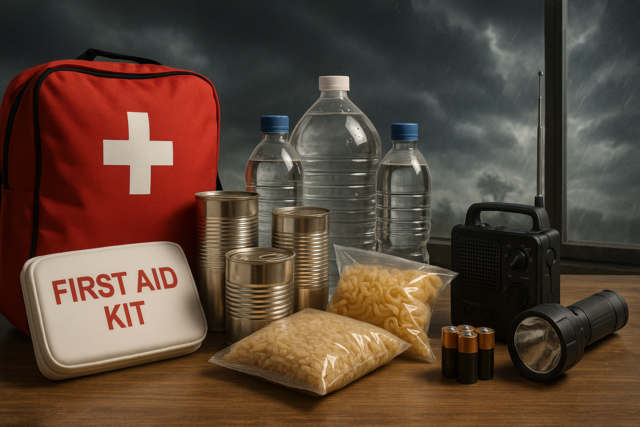
Disaster Preparedness 101
-

History of the Universe
-

History of Terrorism
-
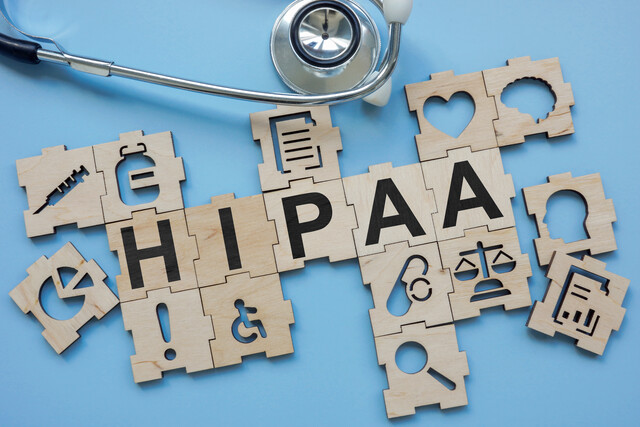
HIPAA Compliance 101
-

Business Professionalism
